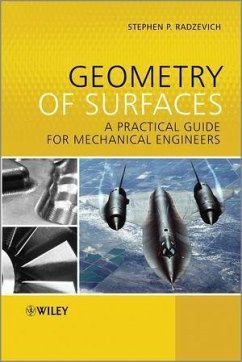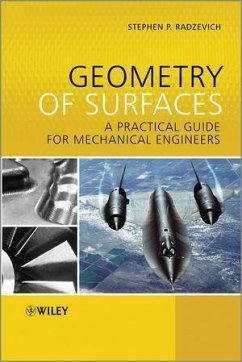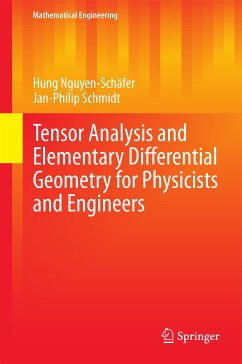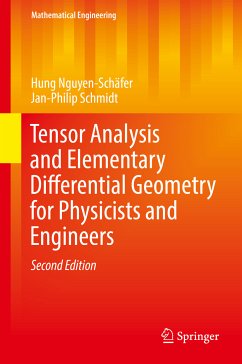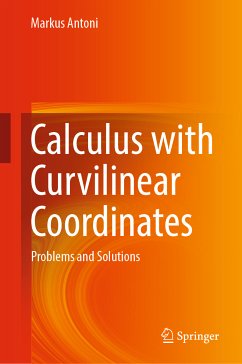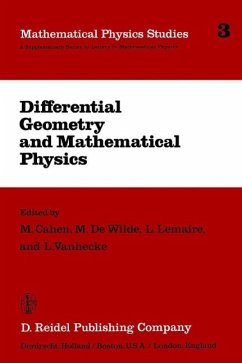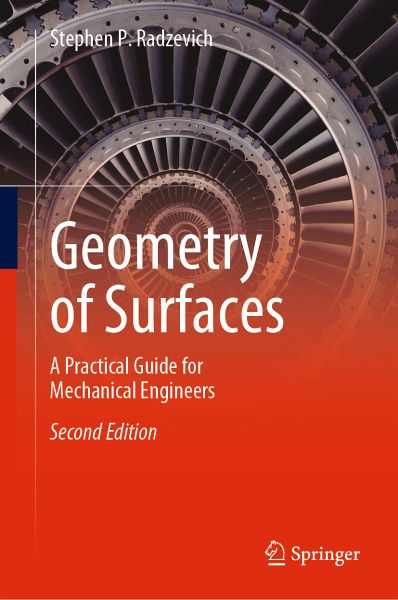
Geometry of Surfaces (eBook, PDF)
A Practical Guide for Mechanical Engineers
Versandkostenfrei!
Sofort per Download lieferbar
72,95 €
inkl. MwSt.
Weitere Ausgaben:

PAYBACK Punkte
36 °P sammeln!
This updated and expanded edition presents a highly accurate specification for part surface machining. Precise specification reduces the cost of this widely used industrial operation as accurately specified and machined part surfaces do not need to undergo costly final finishing. Dr. Radzevich describes techniques in this volume based primarily on classical differential geometry of surfaces. He then transitions from differential geometry of surfaces to engineering geometry of surfaces, and examines how part surfaces are either machined themselves, or are produced by tools with surfaces that ar...
This updated and expanded edition presents a highly accurate specification for part surface machining. Precise specification reduces the cost of this widely used industrial operation as accurately specified and machined part surfaces do not need to undergo costly final finishing. Dr. Radzevich describes techniques in this volume based primarily on classical differential geometry of surfaces. He then transitions from differential geometry of surfaces to engineering geometry of surfaces, and examines how part surfaces are either machined themselves, or are produced by tools with surfaces that are precisely machined. The book goes on to explain specific methods, such as derivation of planar characteristic curves based on Plücker conoid constructed at a point of the part surface, and that analytical description of part surface is vital for surfaces machined using CNC technology, and especially so for multi-axes NC machines. Providing readers with a powerful tool for analytical description of part surfaces machined on conventional machine tools and numerically controlled machines, this book maximizes understanding on optimal treatment of part surfaces to meet the requirements of today's high tech industry.
Dieser Download kann aus rechtlichen Gründen nur mit Rechnungsadresse in A, B, BG, CY, CZ, D, DK, EW, E, FIN, F, GR, HR, H, IRL, I, LT, L, LR, M, NL, PL, P, R, S, SLO, SK ausgeliefert werden.



